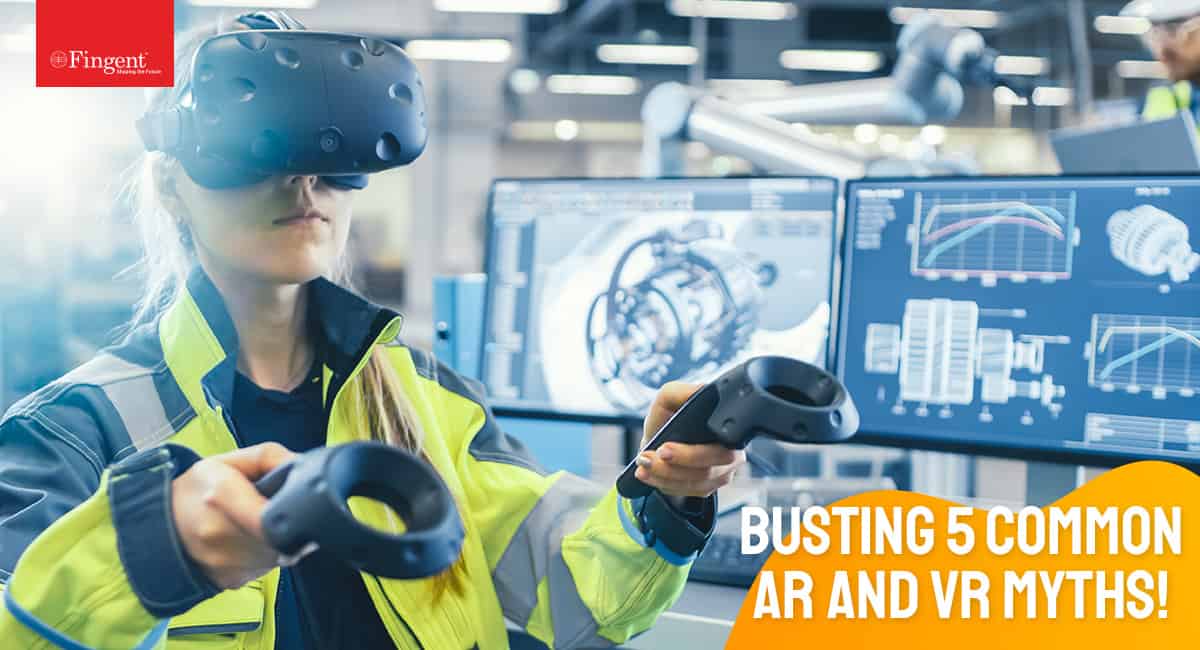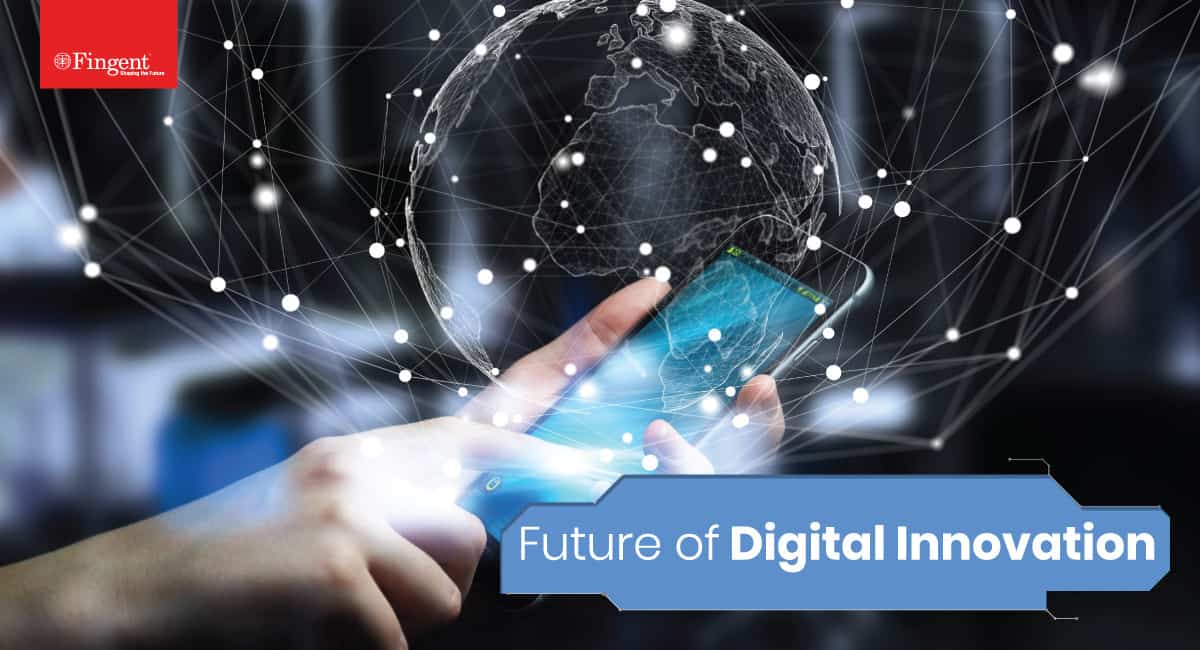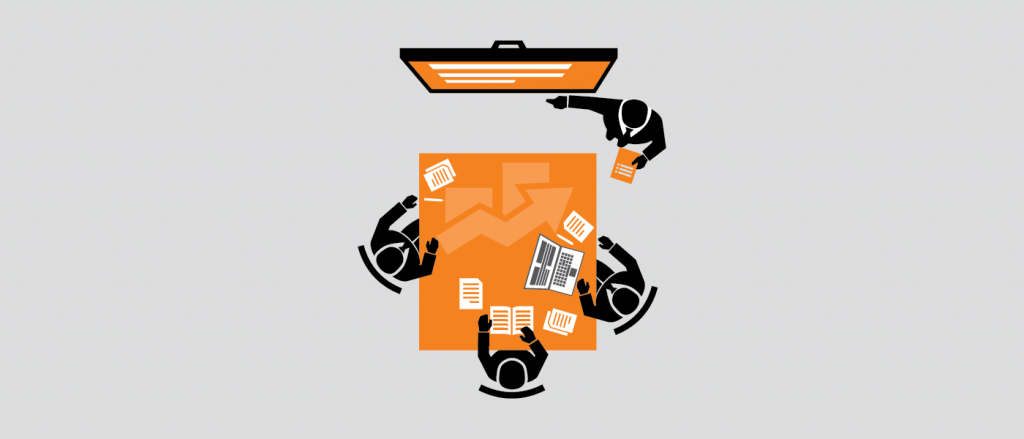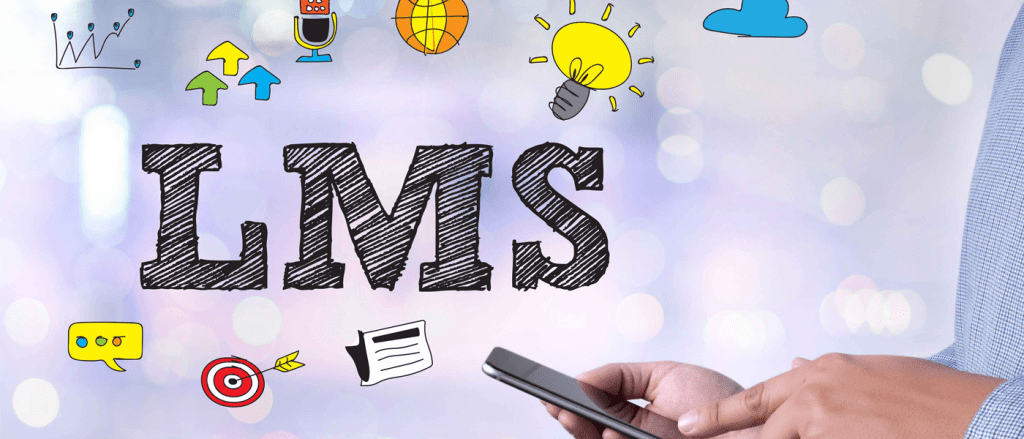Should e-Learning be a Pull or Push Technique?
Is e-Learning a Pull or Push technique?
e-Learning is a rage now, and for the right reasons. It allows the trainees to undertake the courses at their convenience, without the sessions being disruptive in nature. It also spares the hassles of organizing a physical training session. However, the effectiveness of e-Learning is still open to debate, especially since the crucial “face to face” interaction with the training is missing. The success of the learning intervention relies heavily on the approach adopted. The two major approaches are the “push” approach and the “pull” approach. One method cannot be said to be better than the other, with the right option depending on the situation.
The Push Approach
Many e-learning courses are heavy on information, but not interactive, meaning such courses merely “push” the information out to the learners. A typical “push” course makes explicit the objectives upfront, proceed to the course content, and at best may offer a quiz at the end or after a section. The success of the course depends on how well the content is designed and how well the content is visually engaging.
The push approach is relevant when all learners are on the same level and need to access all the available information equally. With the focus on information and not on the learning experience, it is quicker, cost effective and overall easier to construct e-Learning courses that push the information to the trainees.
The Pull Approach
The “pull” approach to e-Learning involves creating more interactive content, depending on what exactly the user requires. Changing the way the information is structured makes the course more engaging and interactive. Interactions, such as choosing one of the many options, “what do you want to learn next,” and more are embedded into the courses, making it more appealing.
For example, when explaining a concept, the push approach simply offers a page explaining the concept, complete with images and videos. The pull approach offers the same information, but only suggest ways to retrieve the information, leaving the user to retrieve the information in any proposed manner. It may also take the form of people exchanging information and discussing the concept, in a forum.
Another example of push technique in e-Learning is an interactive white paper or interactive infographic that asks questions and guides the trainee based on the answers given. The content mix would also include assessments, calculators, and videos, creating a highly personalized training material.
Instead of universal one-size fits all approach, the pull strategy focus on crafting the right types of reasons a person needs to pull the content. The information remains the same, but the way it is retrieved differs from user to user. E-courses allow the learner to “pull” what is required from the repository of available content offering autonomy in terms of accessibility and convenience. In other words, the method of delivery, or the learning experience, is customized for the user or user groups.
The pull approach is relevant when learners are at different levels, have different uses for the same content, or require access only to specific parts of the available content. The focus on “pull” technique is on both the content and the learning experience equally. This, however, makes the preparation of such courses complex and daunting. However, the results are often well worth its while, provided the course is structured well.
To Push or to Pull?
At a basic level, all e-Learning is in essential a “pull” technique, since trainees have to complete the course by themselves, without being spoon-fed by a trainer in a conventional training session, at a conference venue.
However, e-Learning courses can itself be designed in a push or pull approach.
On the face of it, there are inherent advantages in designing e-Learning courses in a pull model. Push techniques generally tend to be dry and requires the users to remain motivated to grasp the content. When attention is dry, the focus tends to fade naturally. With the interactive-heavy intensive pull techniques, complete with a healthy mix of audio and visuals, attention generally lasts longer. In any case, since users access only the contents relevant to them, there is greater focus, motivation, and effort. If the trainer includes group collaborative exercises, there is a good scope to boost team collaboration as well.
However, on the flip side, there is an inherent risk with the pull approach in allowing learners to take the all-important decision of deciding what to learn. It again requires learners with a high degree of awareness and drives to self-actualization, for them to access content that is actually relevant, as opposed to what seems most interesting or the easiest. Again, there is nothing to prevent an innovative curriculum designer to spruce up the “push” e-Learning course with rich audio, video, images and real life scenarios.
Push is conventionally held as the “formal” learning method whereas “pull” still has an unconventional and informal label attached to it. The push approach, the traditional approach, akin to the school curriculum, laid out module by module, is time-tested, scores high on familiarity, and ensures learners go through the topics they really require. The pull approach in a way incorporates the latest technological advancements to training but is still unfamiliar to many people.
The best approach depends on the industry, the skills and motivation of the learners, and the course curriculum. For example, there is little scope but to memorize all the safety and fire hazard regulations in place. However, for soft skills training, there is ample room for discretion, interactivity and simulation features.
Regardless of whether the e-Learning is designed in a push or pull approach, success depends on sound design and construction of the course. The technical part of the course is often underestimated. It pays to tie-up with a competent partner who can help you deliver cutting edge curriculum and courses, which is aesthetically appealing as well. The Upskill competency based training platform is the best choice in this regard, offering the unbeatable mix of the latest and most advanced technology, quality content and expertise, helping you deliver powerful e-Learning courses customized to your needs and requirements.
Stay up to date on what's new

Recommended Posts

06 Apr 2021 Education Healthcare
Demystifying 5 Common Misconceptions about AR and VR in eLearning
Top 5 Misconceptions about AR and VR in eLearning In this tech-savvy era, computer-based realities are a new way to perceive a surrounding. Two of the most trending reality technologies……

22 Jul 2020 Education
Prepare for the Future of Digital Innovation with these 10 Services From Fingent
10 Services Offered by Fingent to Prepare Your Business for the Future of Digital Innovation Introduction Robotic Process Automation Business Continuity Planning Contactless Services Custom LMS | eLearning Business Process……

11 May 2018 Education
Ways to reduce L&D cost in your organization
Businesses increasingly rely on the capabilities of their workforce to gain an edge over the competition in the complex business landscape. Pressure on Internal Learning & Development teams have increased……

29 Dec 2017 Education
5 Tips for Choosing a Responsive Learning Management System
Learning is highly evolving in all facets of life and so are the systems that provide learning opportunities. The definite way to address the changing and growing requirements of employees……
Featured Blogs
Stay up to date on
what's new






















































